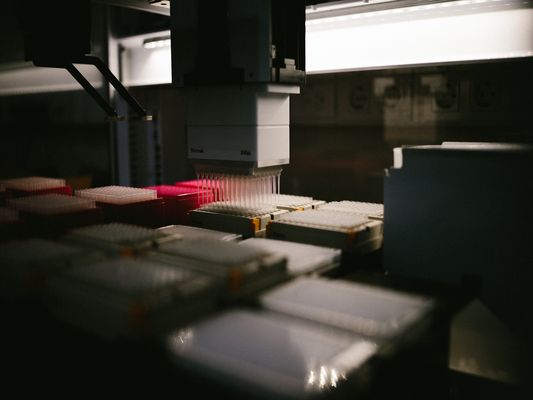Guiding optimisation of fragment-derived lead compounds
80 compounds
Reliable structural data of a target protein is the key to a successful drug discovery program. This knowledge is extremely important for the efficient development of selective and potent small molecule drugs. Recent achievements in the field of protein structure investigation are impressive and have enabled development of new approaches and screening techniques. Combination of modern, elaborated crystallographic methods with smart-design of chemical libraries can make a breakthrough in our understanding of protein structure changes and behavior.
Novel crystallographic screening methodology reported by O’Reilly et al. in Drug Discovery Today 2019 was developed at Astex Pharmaceuticals, Cambridge, UK. The high-concentration aqueous soaks were made with a chemically diverse and ultra-low-molecular-weight fragment library “MiniFrags” (heavy atom count 5–7). This allowed identification of hot and warm spots on proteins. High screening hit rates reflect enhanced sampling of chemical space. MiniFrag screening can represent thus a highly effective method for guiding optimisation of fragment-derived lead compounds.
We have collaborated with the Astex’ scientists on making MiniFrag library available to the research community in the most convenient format. Screening at 1M suggests that the fragments would be provided dry, ready for dissolution prior to protein soaking.
Typical Formats
Catalog No.
MiniFrag-80
Compounds
80
Amount
10 mg
Plates and formats
Dry samples formatted in individual sealed glass vials suitable for dissolution
Price
Download SD file
Library design
The compounds in the MiniFrag Library offered by Enamine are identical to those proposed by Astex. Their structures and selection principles are described in O’Reilly et al. in Drug Discovery Today, Volume 24, Issue 5, May 2019, Pages 1081-1086. DOI: 10.1016/j.drudis.2019.03.009.



